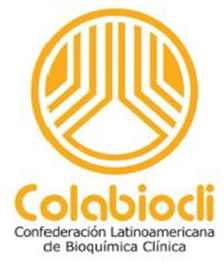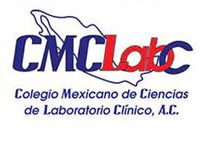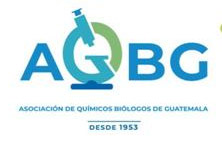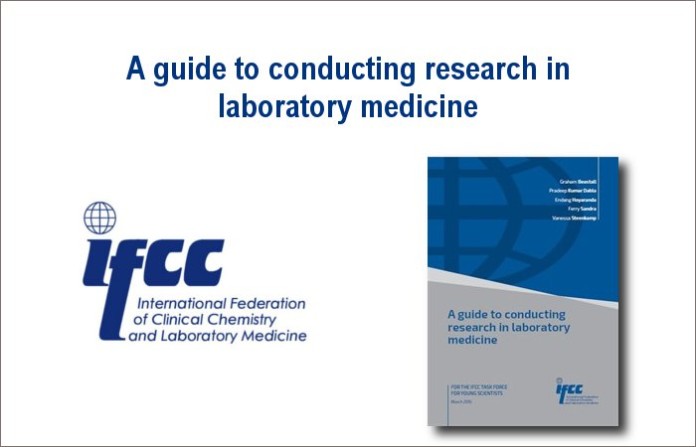The aim of the “A guide to conducting research in laboratory medicine” is to provide insight into the research process and to provide an overview of the strengths and weaknesses of different research methods for young scientists at various levels of their profession and career.
The Guide is downloadable as an e-booklet, as separate chapters or as a series of webinars that are accessible via the IFCC eAcademy using the following links:
Click here to download the full e-book or to access the single Chapters
























































